For many a decade adverts for A.K. Melville could be found in the local papers, such as the ones shown above. The advertisements usually included an illustration of one of the latest fashions. They evolve over time, reflecting the changing seasons and changing fashions. But who was A. K. Melville?
Born in Largo on 8 June 1874, in the Crusoe Buildings, Lower Largo, Alexander Kirk Melville was a son of fisherman David Melville and his wife Elizabeth Ballingall. Alexander was aged eleven when he left school to enter the employment of George Swan Rodger, the Upper Largo draper. After four years learning the trade there, Alexander made the move to Kirkcaldy. He gained experience with three firms there, as well as shorter spells in Glasgow, Dundee, Inverness and Edinburgh. When completing his apprenticeship in Kirkcaldy all his wages went on board and lodgings. So, when he wanted to go back to Largo to visit his large family, he had to walk there. His parents provided the fare for a return journey.
In 1896, the Melville family experienced tragedy, when Alexander's father David was drowned in a fishing accident, along with two others - David's brother Thomas Melville and his brother-in-law, Thomas Ballingall. The newspaper piece from 29 February St Andrews Citizen described the circumstances of the accident and the aftermath. The crew of another boat righted the upset boat and returned to Largo with the one body that could be found - alerting Reverend David Malloch and Reverend William Pulford to the situation. These clergymen broke the news to the affected families. David Melville's widow Elizabeth died later the same year aged 51.
In the summer of 1900, Alexander took over Mr Whytehead's Hatter and Hosiery Shop at 118 High Street, Kirkcaldy. He began with a 14-day 'transfer sale' where he offered "every article at immense reductions" (see advert above from 4 August 1900 Fife Free Press). The following year, he married Elizabeth Clark, a native of Limekilns. The couple would go on to have two sons and a daughter. The business established itself as one of great quality and service and this was reflected in the firm's advertisements (see selection below).
In April 1920, A.K. Melville moved from 118 High Street to 132 High Street. This was a 'more commodious premises', which had in the years prior housed a museum - the former home of Marjorie Fleming (or Pet Marjorie) the child writer and poet. The building (currently home to Holland and Barrett) still has a plaque commemorating Marjorie, who died before her ninth birthday back in 1811. In 1935, the business became A.K. Melville and Son when younger son Hugo (who had worked in the shop since 1920) went into partnership with his father. In 1950 the firm celebrated its jubilee - 50 years on Kirkcaldy High Street for Alexander (pictured below in 4 February 1950 Fife Free Press).
On 2 September 1951, Alexander and Elizabeth Melville celebrated the occasion of their Golden Wedding in Anthony's Hotel, with their children and grandchildren. Three of Alexander's brothers were also present at the event. However, his Best Man had been his elder brother Peter, who was killed in the First World War. Among the reflections made on the Golden Wedding day, Mr Melville noted how he recalled the unveiling of the Robinson Crusoe statue in Lower Largo as a youth.
Just two months later, Alexander passed away at the age of 77. The Fifeshire Advertiser paid tribute to him as someone who "set his foot firmly on the bottom rung of the ladder whose topmost heights he reached through diligence and hard work". Local press also noted that he was also a keen follower of Raith Rovers Football Club and the Fife Flyers and someone who enjoyed gardening and golf (he laid out a 9-hole green on the lawn at his home). Alexander's widow Elizabeth moved to Lundin Links, living at Homestead on Woodlands Road. She died in 1968, aged 89. Son Hugo also lived in Lundin Links, at 'Gartly' on Station Road.

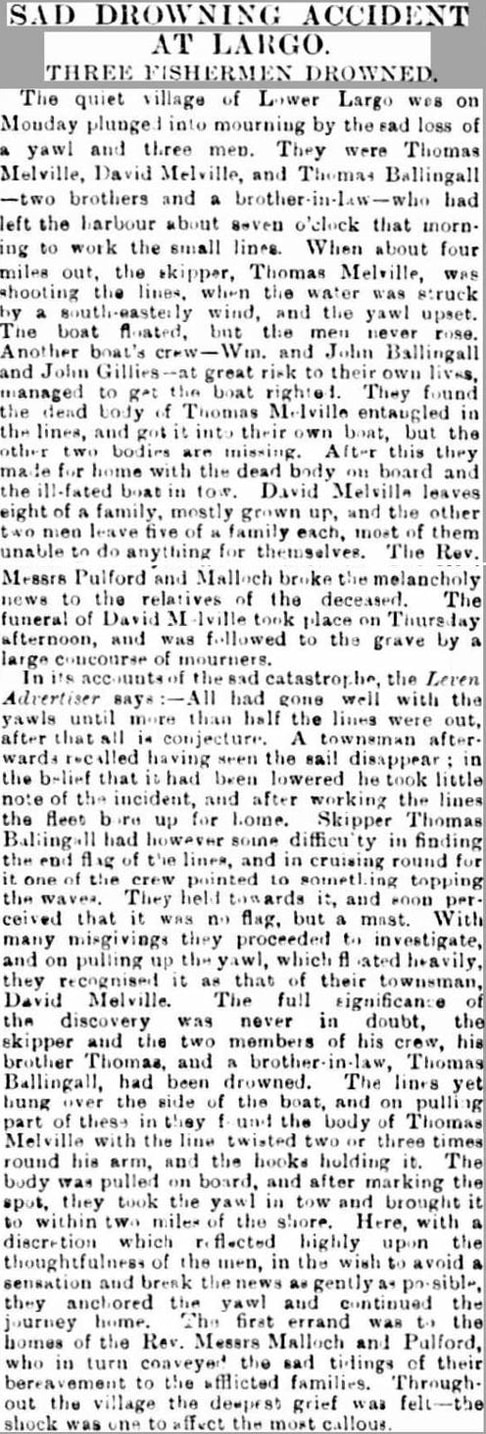

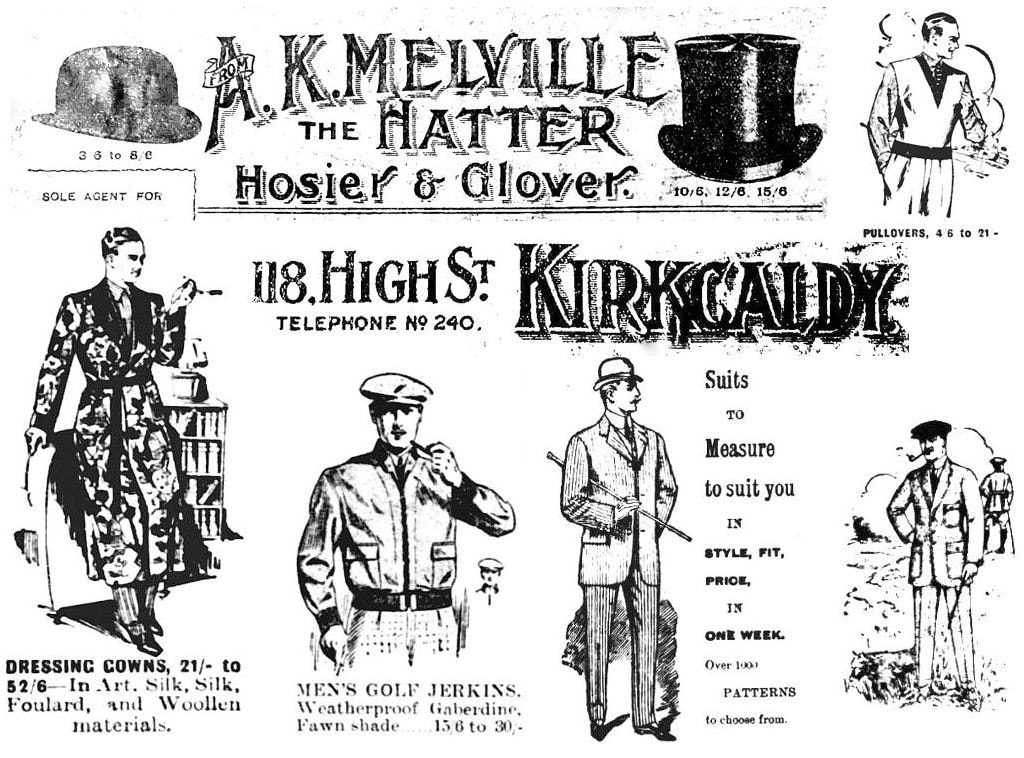
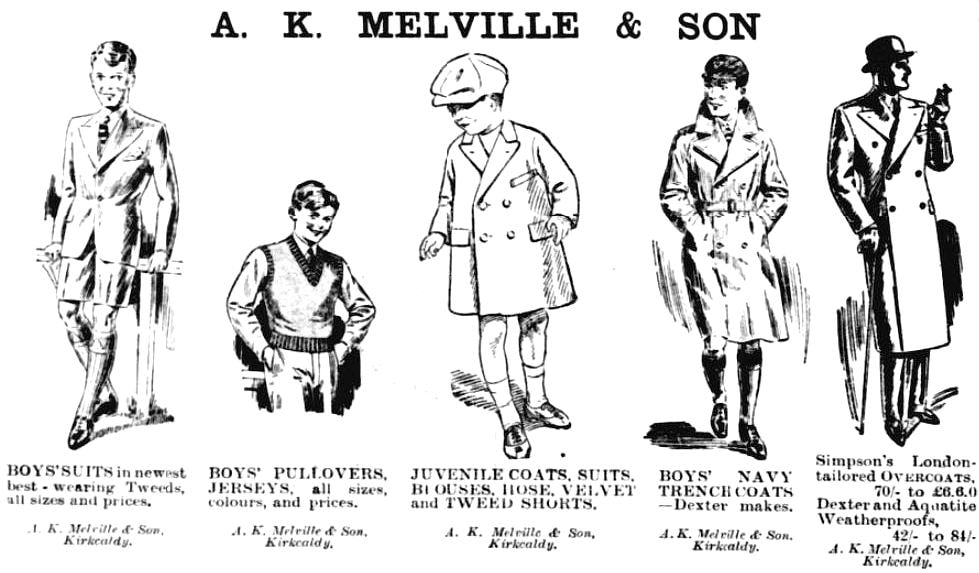
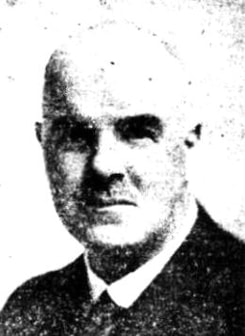
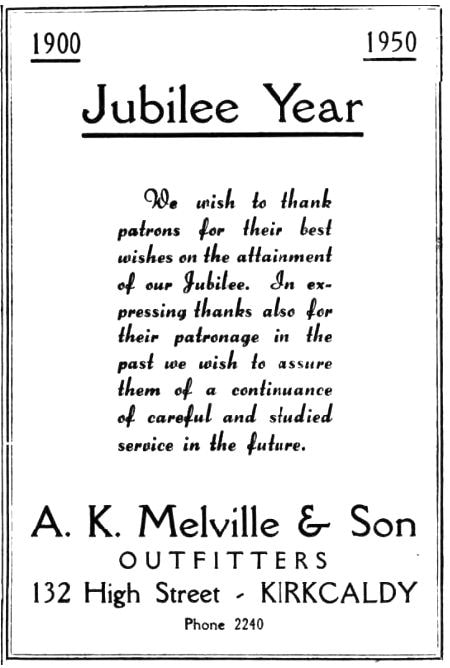
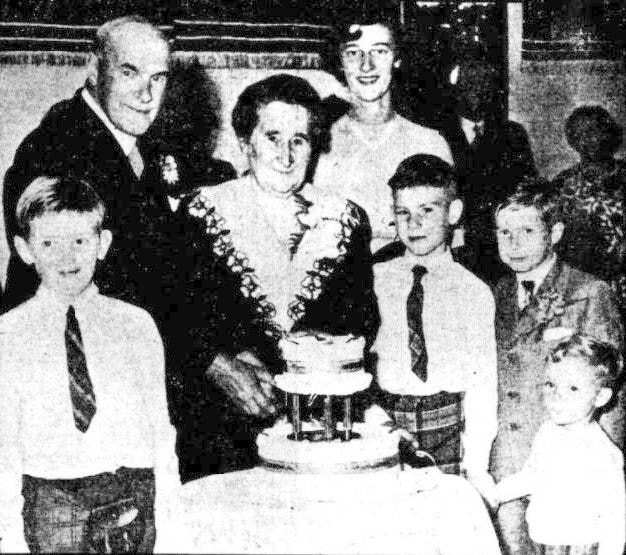
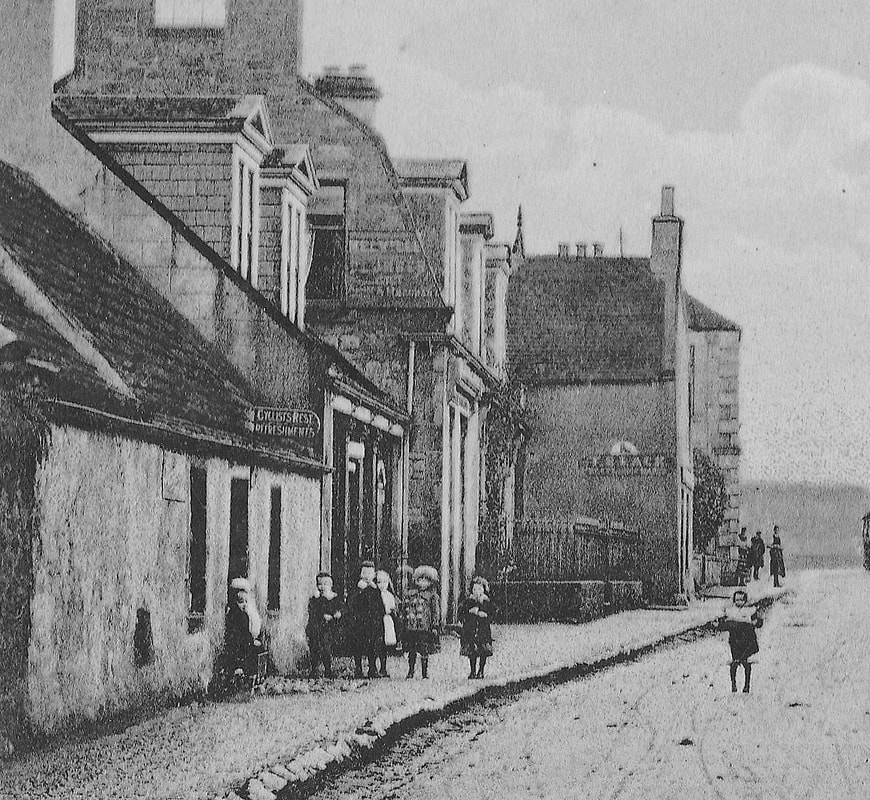

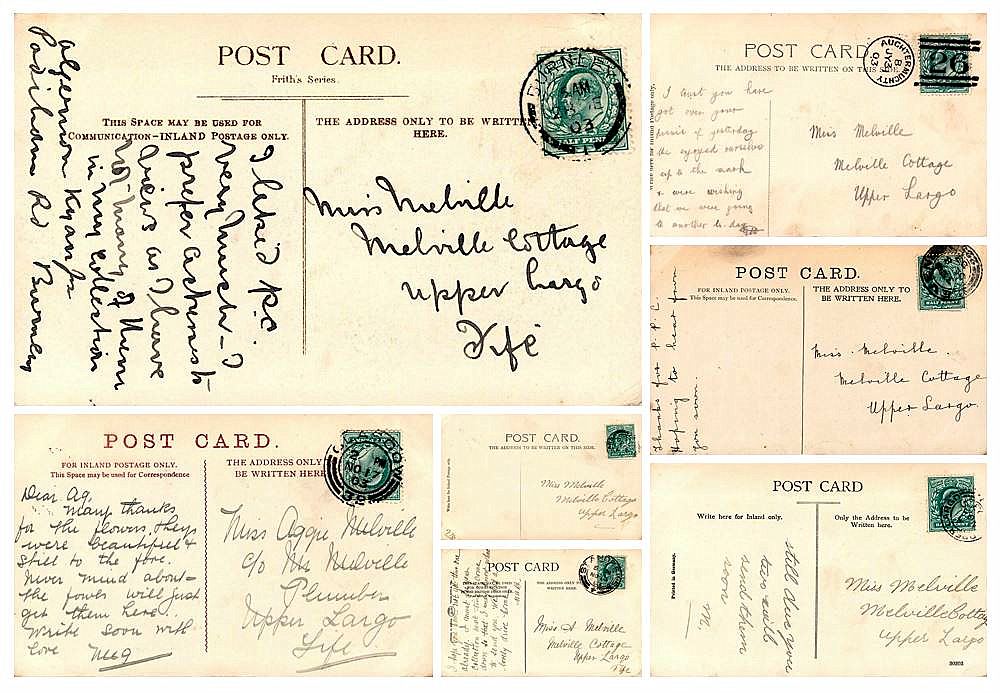
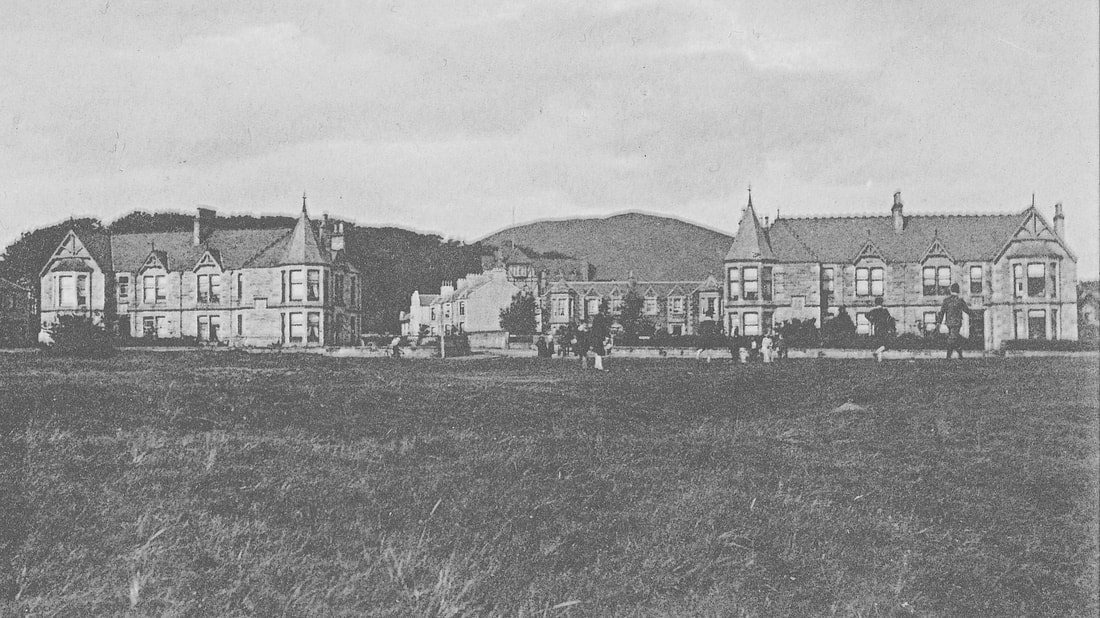
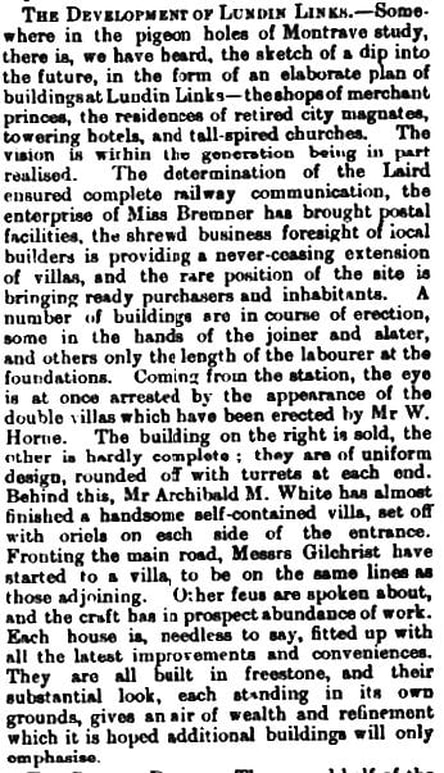
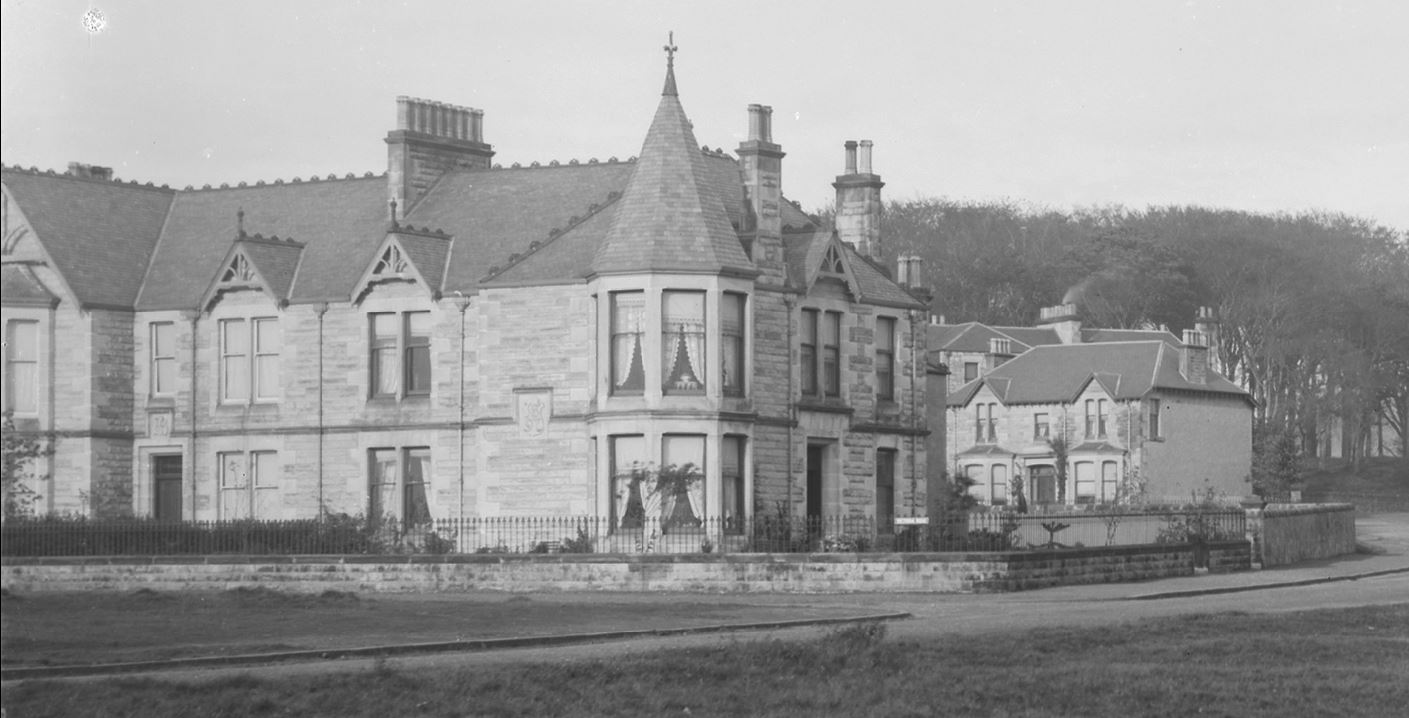
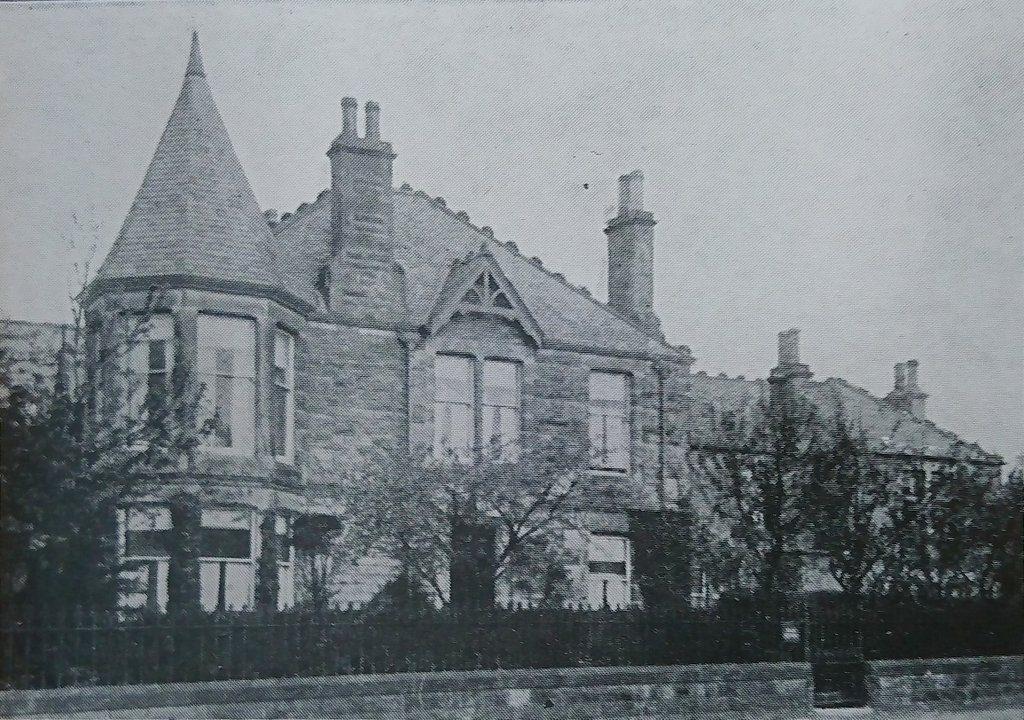
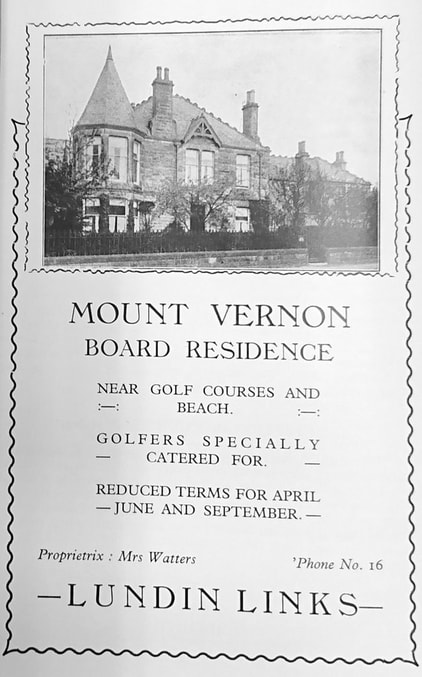
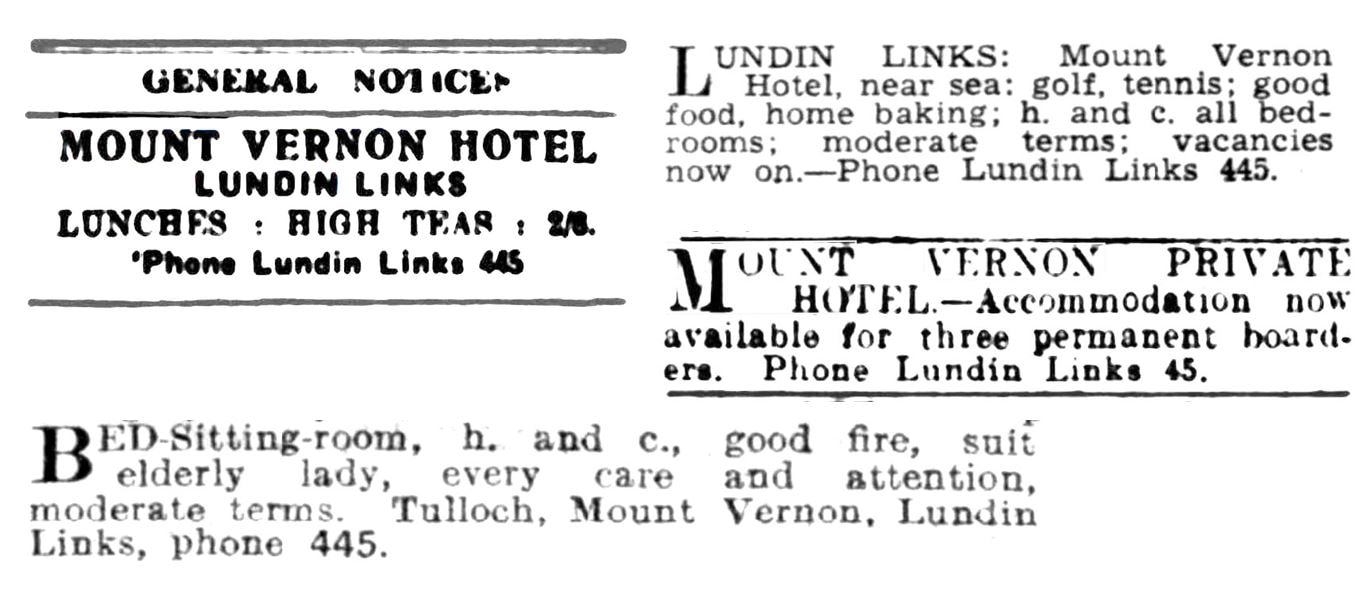
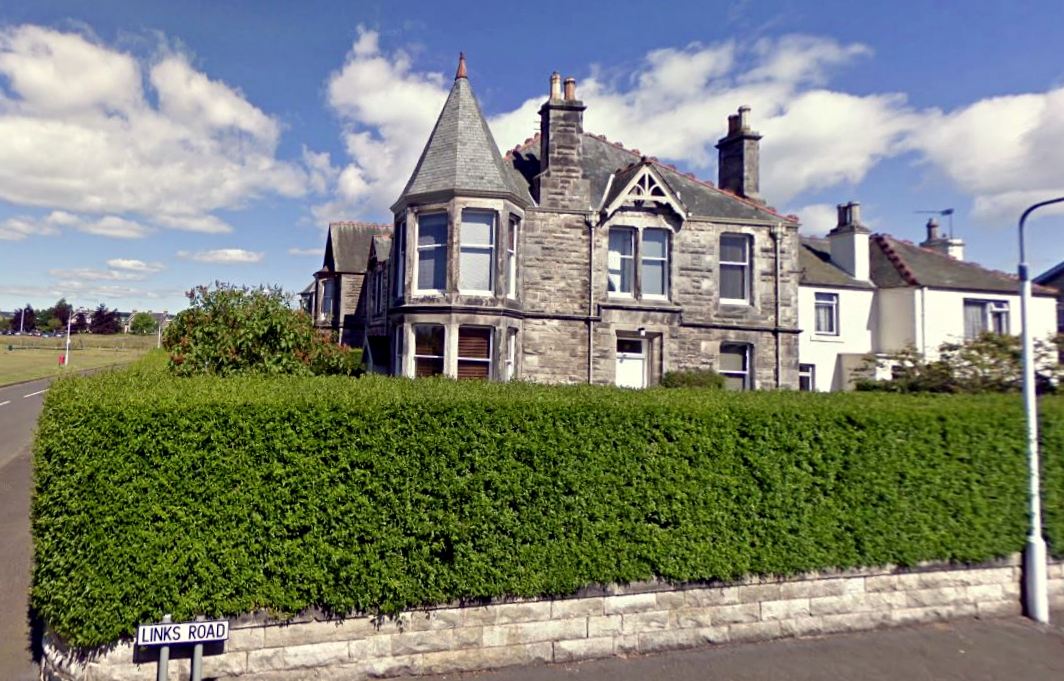
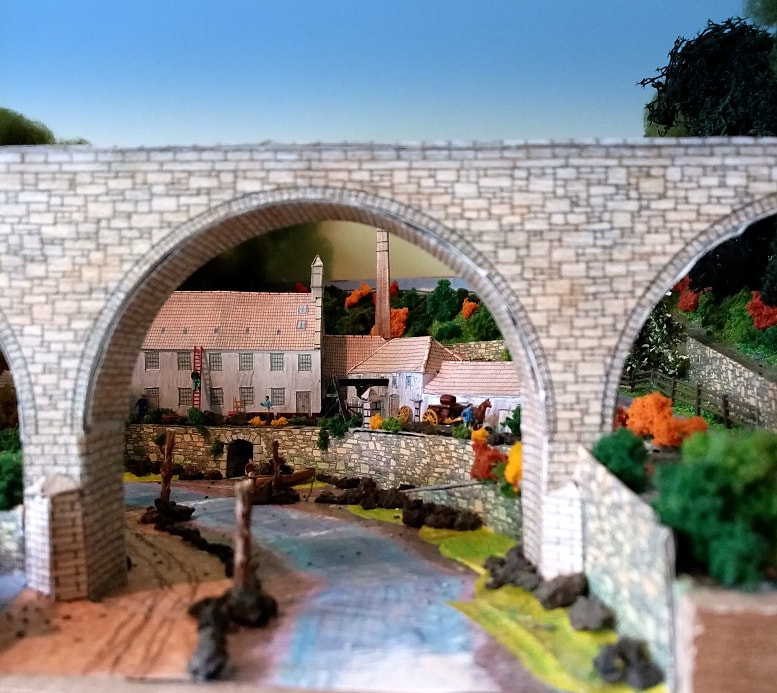
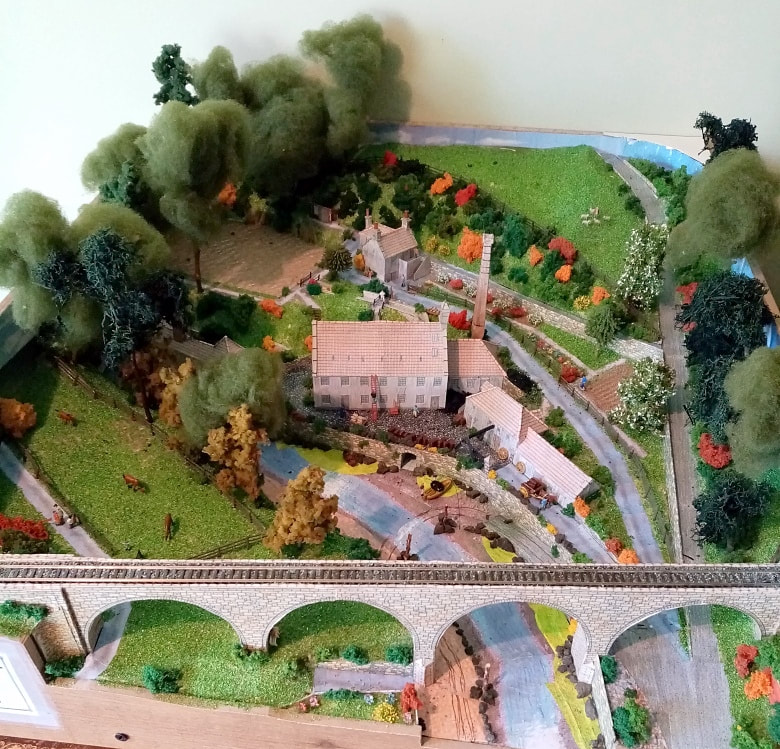
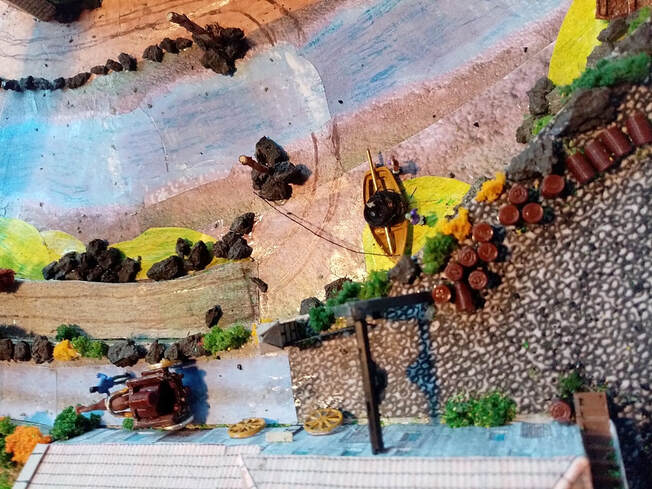
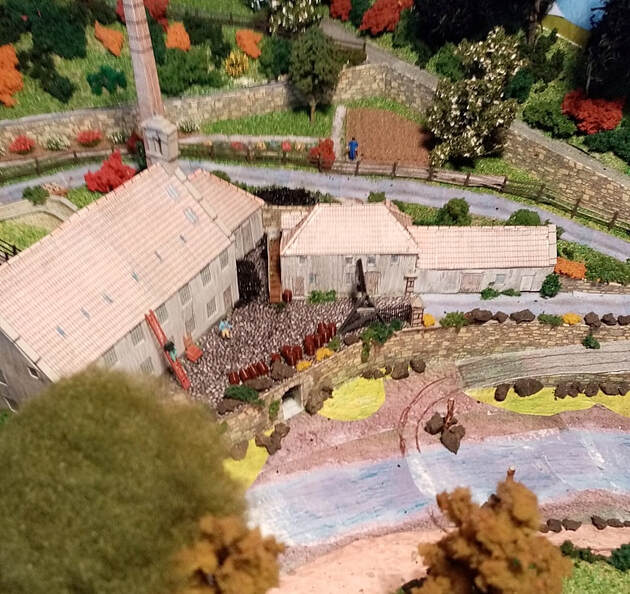
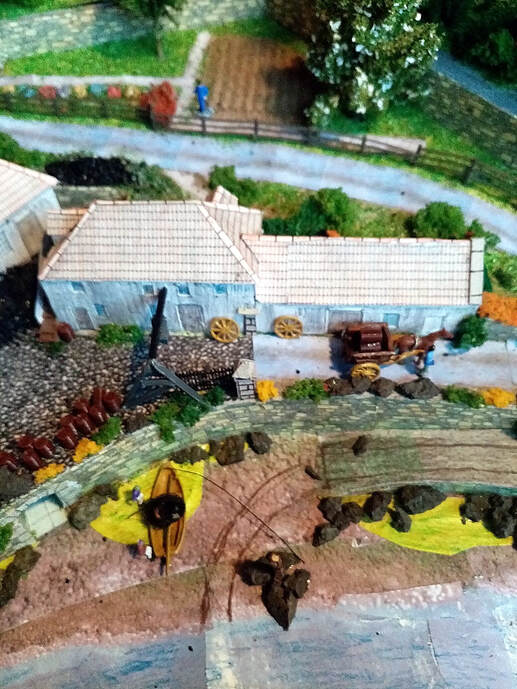
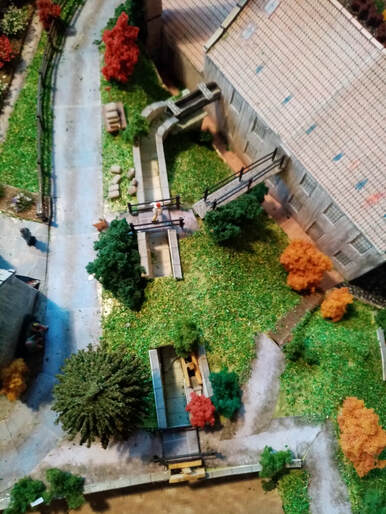
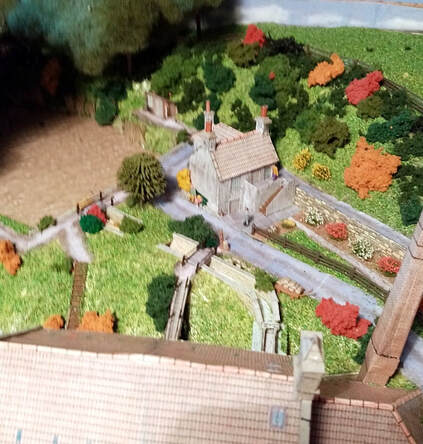
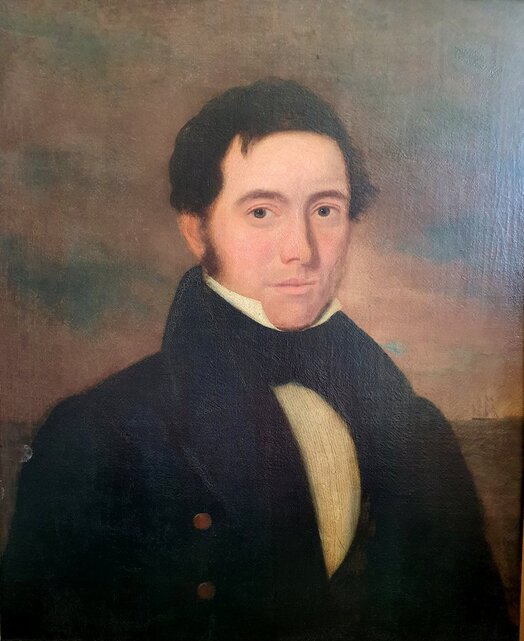
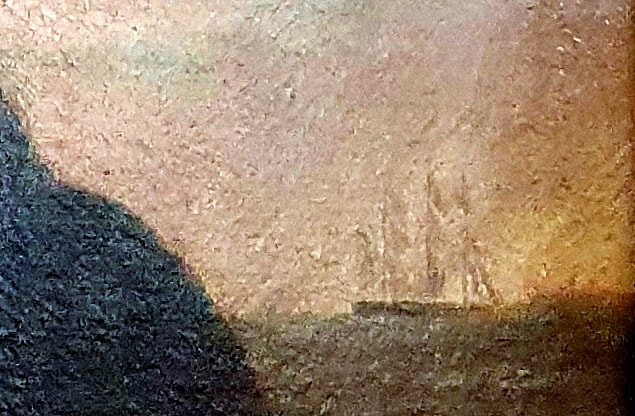
 RSS Feed
RSS Feed
